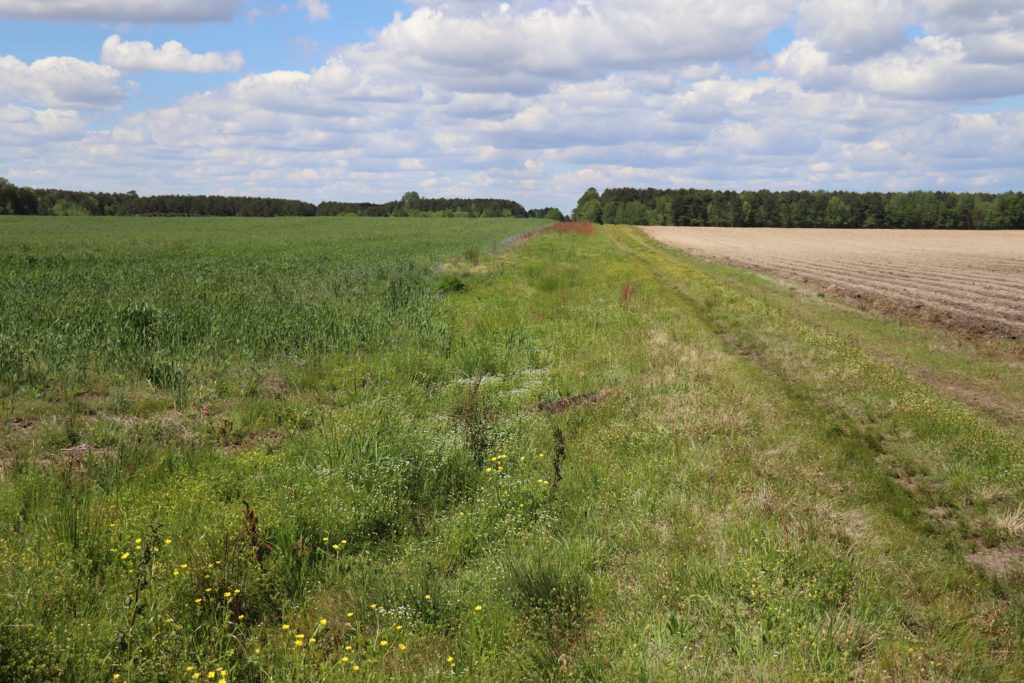Planning for Thrips Infestations in 2019 Cotton (Huseth, Reisig)
go.ncsu.edu/readext?599325
en Español / em Português
El inglés es el idioma de control de esta página. En la medida en que haya algún conflicto entre la traducción al inglés y la traducción, el inglés prevalece.
Al hacer clic en el enlace de traducción se activa un servicio de traducción gratuito para convertir la página al español. Al igual que con cualquier traducción por Internet, la conversión no es sensible al contexto y puede que no traduzca el texto en su significado original. NC State Extension no garantiza la exactitud del texto traducido. Por favor, tenga en cuenta que algunas aplicaciones y/o servicios pueden no funcionar como se espera cuando se traducen.
Português
Inglês é o idioma de controle desta página. Na medida que haja algum conflito entre o texto original em Inglês e a tradução, o Inglês prevalece.
Ao clicar no link de tradução, um serviço gratuito de tradução será ativado para converter a página para o Português. Como em qualquer tradução pela internet, a conversão não é sensivel ao contexto e pode não ocorrer a tradução para o significado orginal. O serviço de Extensão da Carolina do Norte (NC State Extension) não garante a exatidão do texto traduzido. Por favor, observe que algumas funções ou serviços podem não funcionar como esperado após a tradução.
English
English is the controlling language of this page. To the extent there is any conflict between the English text and the translation, English controls.
Clicking on the translation link activates a free translation service to convert the page to Spanish. As with any Internet translation, the conversion is not context-sensitive and may not translate the text to its original meaning. NC State Extension does not guarantee the accuracy of the translated text. Please note that some applications and/or services may not function as expected when translated.
Collapse ▲Tobacco thrips surveys across the northern coastal plain found moderate numbers of tobacco thrips in weeds and wheat (Bertie, Camden, Edgecombe, Nash, Pasquotank, Wilson). As temperatures warm, populations are expected to grow rapidly over the next few weeks. With this buildup, thrips populations pose a risk to damage seedling cotton, especially if temperatures cool and early planted cotton grows slowly.
Predicting thrips infestations will be most important for the earliest cotton when planting conditions may be marginal. To understand which fields are at risk for damage, the Thrips Infestation Predictor can be a useful tool to predict relative thrips injury risk for specific planting dates and fields.
Because the tool provides a damage risk forecast, check the risk projections before planting to understand which fields are at the greatest risk for damage. Note that predictions become more accurate the closer they are to a given planting date since they are based partly on local weather conditions. One major advantage of the tool is that can be used to hindcast thrips risk, so if fields have been planted and it can be used to determine damage potential before the seedlings germinate and emerge. Consider more aggressive insecticide management scenarios in high-risk situations and consider using fewer insecticides in lower-risk situations.
With neonicotinoid resistance present throughout the cotton production region of the state, timely foliar sprays may be necessary for fields with a history of damage or locations that were seeded into a high-risk situation for thrips injury as predicted by the Thrips Infestation Predictor model.
Navigate to the Thrips Infestation Predictor.
Navigate to an earlier post on thrips control decisions



